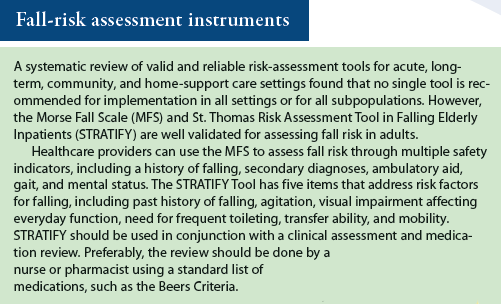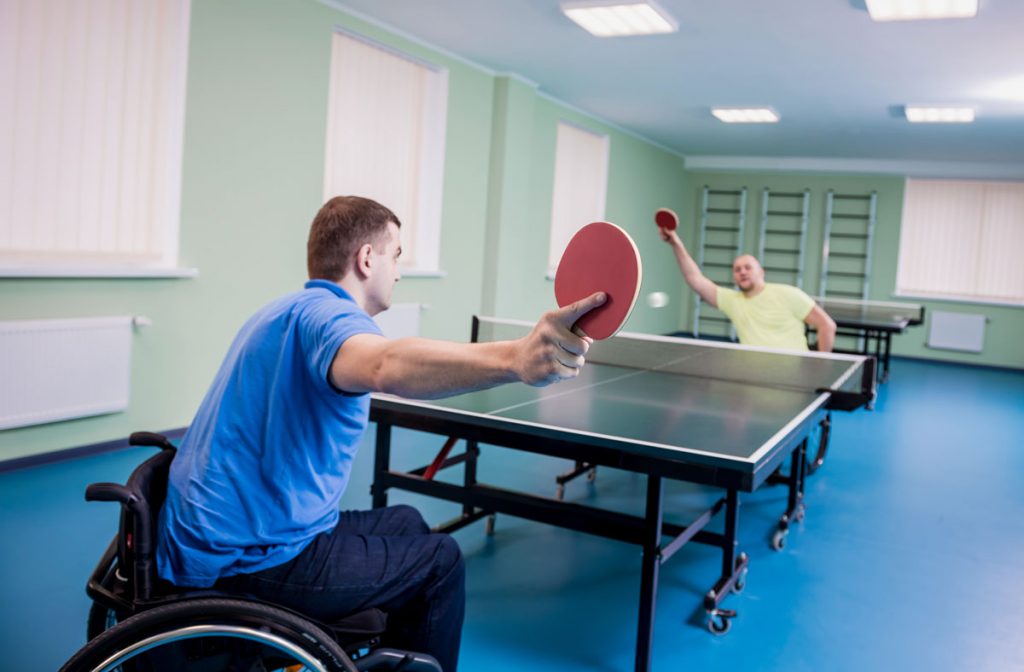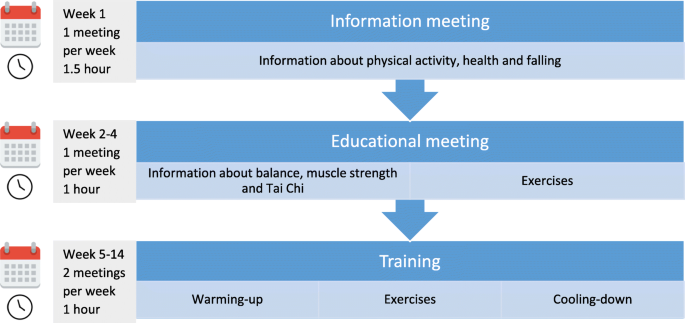The Ultimate Guide To Dementia Fall Risk
The Ultimate Guide To Dementia Fall Risk
Blog Article
Everything about Dementia Fall Risk
Table of ContentsEverything about Dementia Fall RiskSome Known Questions About Dementia Fall Risk.The Ultimate Guide To Dementia Fall RiskWhat Does Dementia Fall Risk Do?The 5-Second Trick For Dementia Fall Risk
In the area, poor street lights or unsafe creeks and landfills may also create crashes. Loss Danger Evaluation Tool (FRAT) is a 4-item falls-risk testing tool for sub-acute and household treatment. The FRAT has 3 sections: drop threat standing, threat variable checklist, and activity plan. A Loss Danger Condition includes information about history of current drops, drugs, psychological and cognitive status of the person.If the person scores on a risk element, the corresponding variety of points are counted to the individual's loss threat rating in the box to the far best. If a client's fall risk rating amounts to 5 or greater, the individual goes to high threat for falls. If the person scores only four points or reduced, they are still at some risk of falling, and the registered nurse must utilize their best clinical assessment to handle all loss risk aspects as part of an all natural treatment plan.
These typical strategies, generally, assist create a secure environment that reduces accidental falls and defines core preventative procedures for all individuals. Signs are vital for clients at threat for falls. Doctor require to recognize that has the condition, for they are accountable for implementing activities to promote client security and stop drops.
The 10-Second Trick For Dementia Fall Risk
Wristbands must consist of the client's last and initial name, date of birth, and NHS number in the UK. Just red shade ought to be made use of to indicate special individual status.
Products that are too far might require the patient to connect or ambulate unnecessarily and can possibly be a danger or add to falls. Aids avoid the client from heading out of bed with no assistance. Nurses respond to fallers' call lights a lot more promptly than they do to lights initiated by non-fallers.
Visual impairment can significantly create falls. Keeping the beds closer to the floor decreases the threat of drops and major injury. Putting the cushion on the floor considerably reduces fall danger in some medical care setups.
4 Simple Techniques For Dementia Fall Risk
Patients who are high and with weak leg muscular tissues that try to rest on the bed from a standing position are likely to drop onto the bed due to the fact that it's as well reduced for them to lower themselves securely. Likewise, if a high patient attempts to rise from a low bed without support, the person is likely to drop back down onto the bed or miss the bed and drop onto the flooring.
They're developed to advertise timely rescue, not to stop drops from bed. Distinct alarms can likewise advise the person not to stand up alone. Making use of alarms can likewise be an alternative to physical restrictions. In addition to bed alarm systems, raised guidance for high-risk people additionally might assist avoid falls.

Clients with a shuffling stride rise autumn opportunities considerably. To lower autumn danger, shoes should be with a little to no heel, slim soles with slip-resistant step, and sustain the ankles. Recommend individual to utilize nonskid socks to protect against the feet from gliding upon standing. Urge clients to wear ideal, well-fitting shoesnot nonskid socks for motion.
Dementia Fall Risk for Dummies
In a research study, homes with appropriate illumination record less falls (Ramulu et al., 2021). Renovation in illumination at home may minimize autumn prices in older grownups.

Sitters are effective for assuring a protected, secured, and risk-free setting. However, studies showed really low-certainty evidence that sitters decrease loss danger in intense treatment medical facilities and only moderate-certainty that alternatives like video clip monitoring can minimize caretaker use without enhancing fall threat, suggesting that sitters are not as helpful as originally thought (Greely et al., 2020).
Dementia Fall Risk Fundamentals Explained

Increased physical conditioning lowers the danger for drops and limits injury that is endured when autumn takes place. Land and water-based exercise programs may be similarly advantageous on balance and stride and thereby decrease the risk for drops. Water exercise may add a positive benefit on balance and stride for women 65 years and older.
Chair Increase Workout is a straightforward sit-to-stand exercise that aids strengthen the muscles in the thighs and butts and improves wheelchair and independence. The objective is to do Chair Surge exercises without using hands as the customer comes to be more powerful. See resources area for an in-depth guideline on just how to carry out Chair Surge exercise.
Report this page